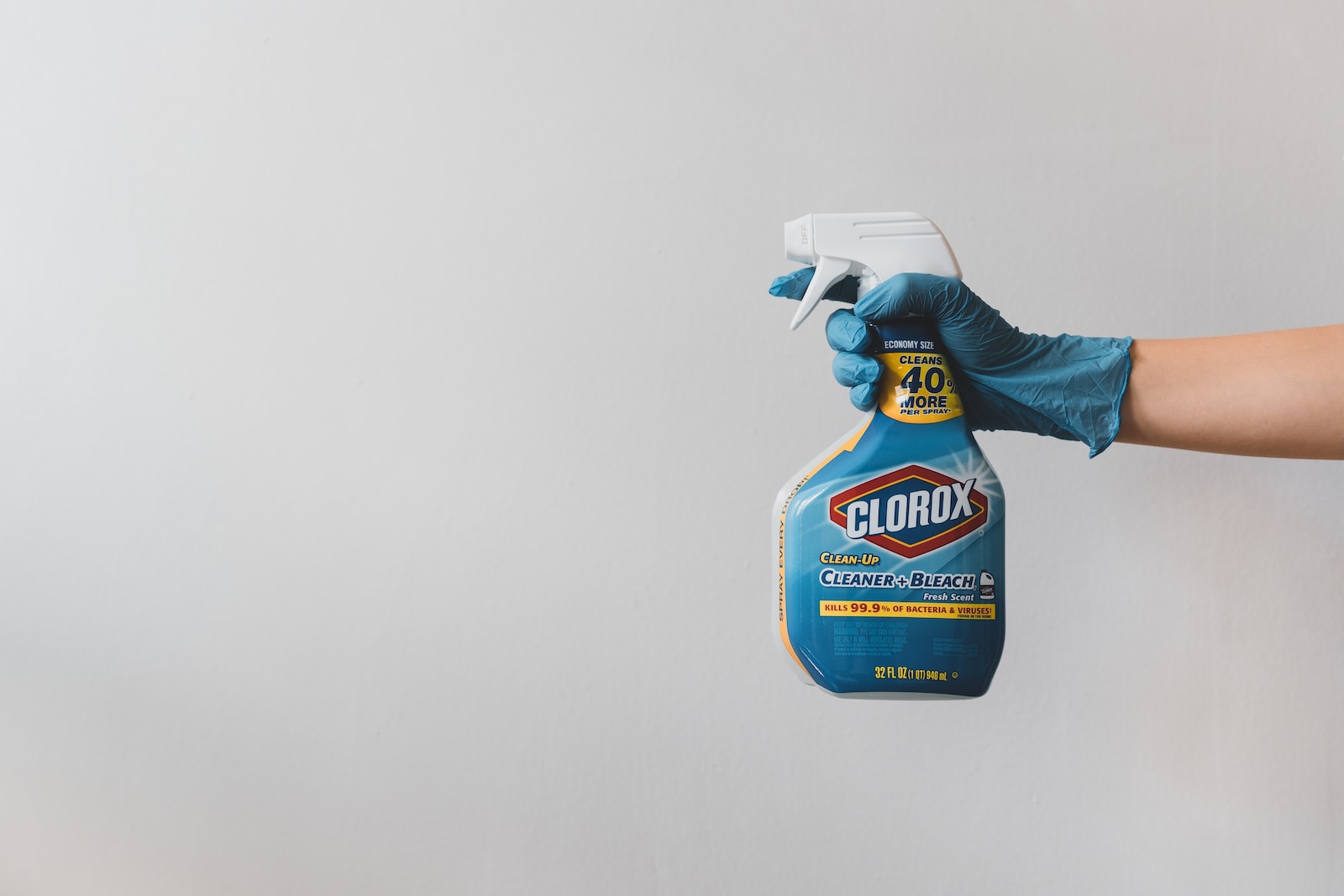When it comes to cleaning our homes, we often look for products that are effective and convenient. One common question that arises is whether we can use toilet bowl cleaner to clean other surfaces, such as the sink. In this article, we will explore whether toilet bowl cleaner is suitable for cleaning sinks and provide some alternative options.
Understanding Toilet Bowl Cleaner
Toilet bowl cleaners are specifically formulated to remove stains, mineral deposits, and bacteria from the surface of toilets. They are designed to be used on porcelain, a material that is resistant to most cleaning agents. Toilet bowl cleaners often contain powerful chemicals, such as bleach or hydrochloric acid, to effectively clean and disinfect the toilet.
Using Toilet Bowl Cleaner on Sinks
While it may be tempting to use toilet bowl cleaner on other surfaces, it is generally not recommended to use it on sinks. The harsh chemicals present in toilet bowl cleaners can damage the finish of sinks made from materials like porcelain, stainless steel, or acrylic. These chemicals can cause discoloration, etching, or even permanent damage to the sink surface.
Additionally, toilet bowl cleaners are not designed to tackle the specific types of stains and buildup commonly found in sinks. Sinks often accumulate soap scum, hard water deposits, and food particles, which require different cleaning methods.
Alternative Options for Cleaning Sinks
When it comes to cleaning sinks, there are several alternative options that are safer and more suitable for the task:
- All-Purpose Cleaner: An all-purpose cleaner is a versatile option that can effectively clean various surfaces, including sinks. Look for a cleaner that is specifically formulated for the type of sink material you have, such as stainless steel or porcelain.
- Vinegar and Baking Soda: A natural and non-toxic option, vinegar and baking soda can be combined to create a powerful cleaning solution. Mix equal parts vinegar and baking soda to form a paste, apply it to the sink, let it sit for a few minutes, and then scrub with a sponge or brush.
- Lemon Juice: Lemon juice is known for its acidic properties, making it effective in removing stains and hard water deposits. Simply cut a lemon in half, rub it over the stained areas of the sink, and rinse with water.
- Mild Dish Soap: For regular cleaning of sinks, a mild dish soap diluted with water can be used. This gentle solution is safe for most sink materials and can effectively remove dirt and grime.
Remember to always read and follow the instructions on the cleaning product labels to ensure safe and effective use. It is also recommended to test any cleaning solution on a small, inconspicuous area of the sink before applying it to the entire surface.
Maintaining a Clean Sink
In addition to regular cleaning, there are a few simple steps you can take to maintain a clean sink:
- Wipe down the sink after each use to remove any residue or spills.
- Avoid leaving standing water in the sink for extended periods, as it can lead to stains and buildup.
- Use a sink strainer to prevent food particles and debris from clogging the drain.
- Consider using a water softener if you have hard water, as it can help reduce mineral deposits.
By following these tips and using the appropriate cleaning methods, you can keep your sink looking clean and fresh without risking any damage.
In conclusion, while toilet bowl cleaner may be effective for cleaning toilets, it is not recommended for use on sinks. The harsh chemicals can damage the sink’s finish and are not designed to tackle the specific stains and buildup commonly found in sinks. Instead, opt for alternative options such as all-purpose cleaner, vinegar and baking soda, lemon juice, or mild dish soap. Remember to always test any cleaning solution on a small area before applying it to the entire sink surface. With proper care and maintenance, your sink can stay clean and in great condition for years to come.




